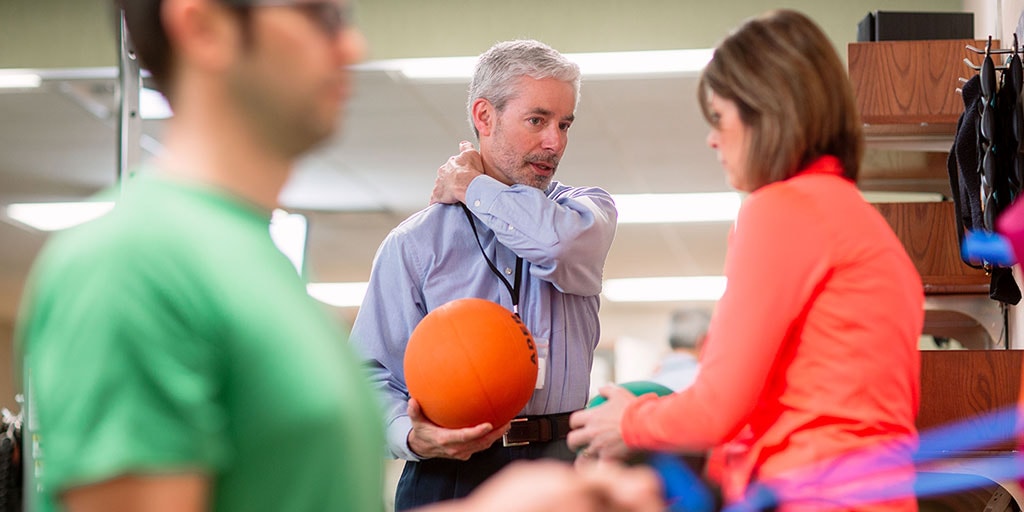One of the most commonly seen traumas in sports is the ankle ligament injury. This trauma often happens when an athlete touches down awkwardly or rotates their foot during a game. Symptoms of an foot ligament injury include discomfort, swelling, and trouble walking. Prompt treatment typically includes the R.I.C.E. approach, which stands for Rest, Ice, Compression, and Lifting. This method aids reduce inflammation and pain. In severe serious situations, rehabilitative therapy may be necessary to restore power and flexibility to the foot before going back to athletics.
Another common injury is a muscular strain, which can occur in all athletic activity that requires quick actions or intense weight-bearing. Athletes may experience a muscular injury when they stretch a muscular tissue too far or when they apply too great force. Signs include sharp discomfort, swelling, and muscular contractions. Rehabilitation for muscle injuries often includes light stretching and conditioning exercises. Gradually increasing exercise levels is crucial to avoid recurrence. Athletes should collaborate tightly with a rehabilitative therapist to develop a secure and efficient rehabilitation strategy.
Tendonitis is another trauma that can impact athletes, particularly those who participate in frequent movements, such as joggers or swimmers. This condition occurs when a tendon, which links muscle to skeletal structure, becomes swollen. Common areas involved by tendonitis include the arm, shoulder, and knee. Signs often include pain and stiffness, especially during movement. Treatment for tendonitis usually includes rest, cooling, and anti-inflammatory drugs. In certain cases, physical treatment may be suggested to enhance mobility and power in the affected region.
Preventing check over here athletic traumas is just as important as treating them. Sportspeople can minimize their risk of injury by warming up properly before activities, using the appropriate equipment, and maintaining good fitness shape. Power conditioning and stretching workouts can assist ready the physique for the requirements of sports. Additionally, athletes should listen to their physical condition and take breaks when necessary. By comprehending common athletic traumas and applying efficient recovery plans, athletes can remain healthy and participate in their beloved sports for years to follow.
